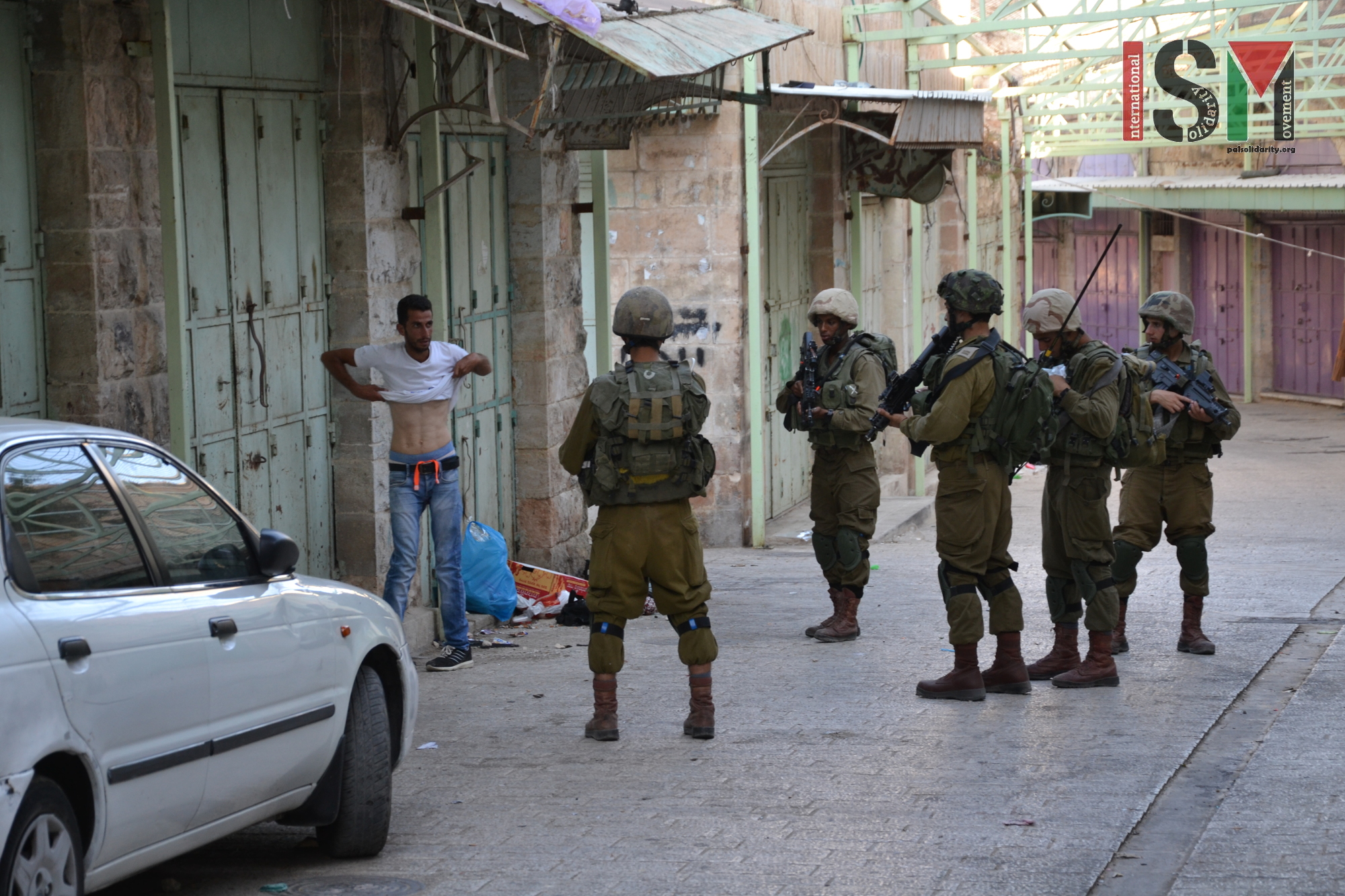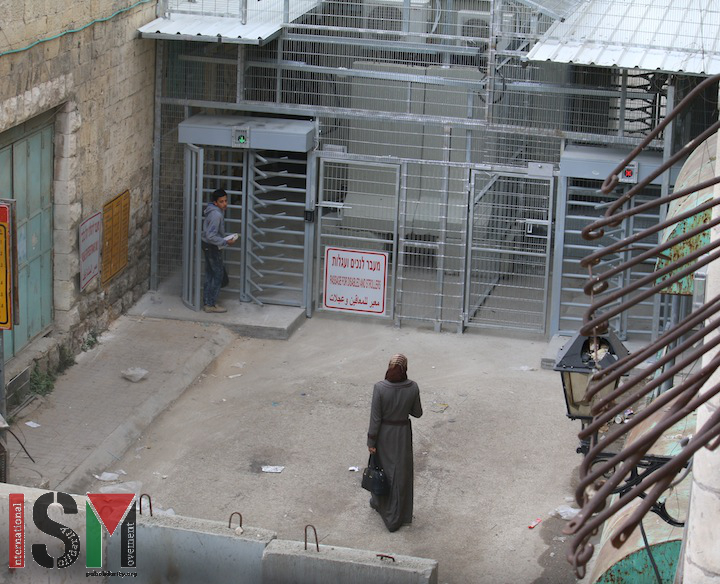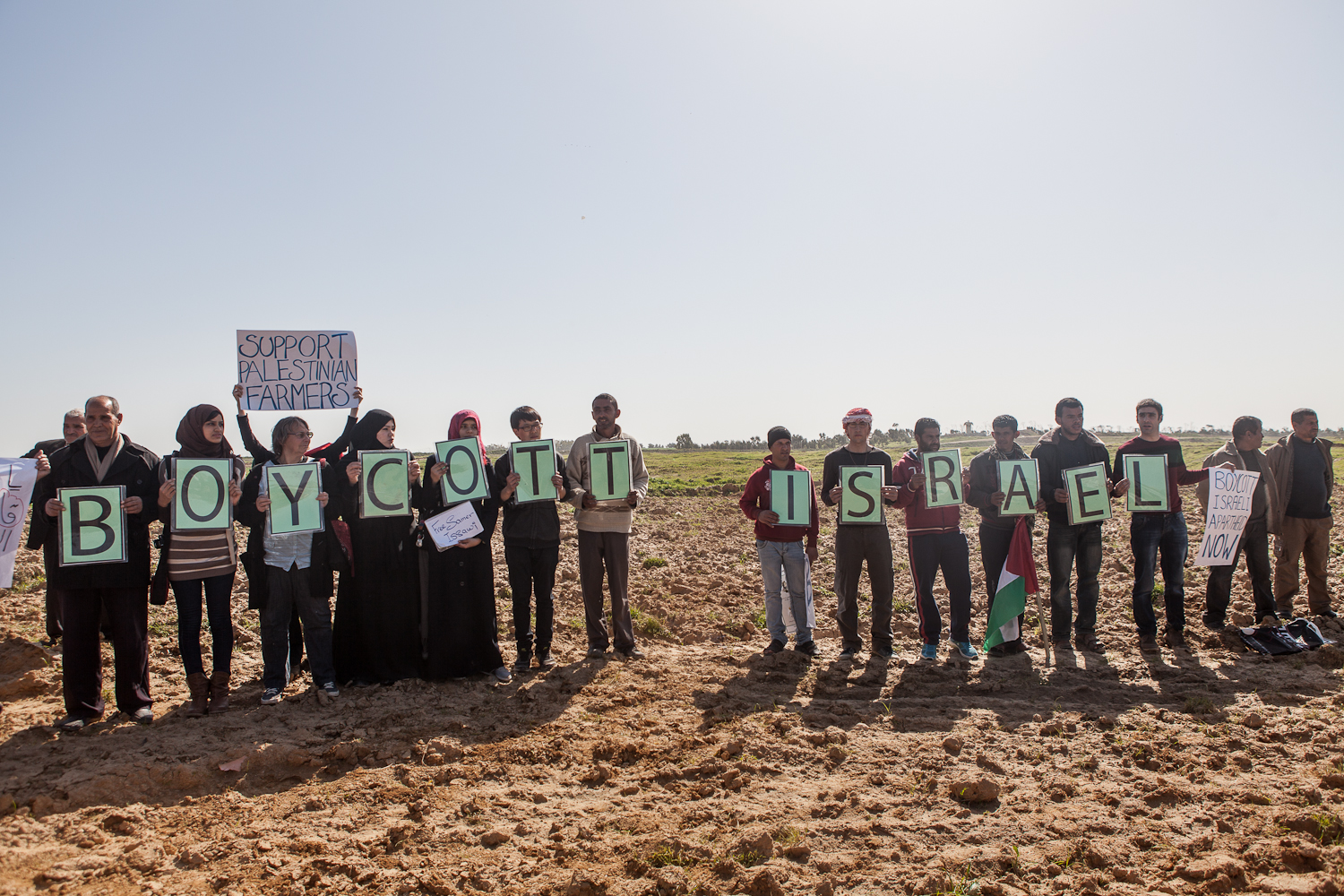Tag: Ethnic Cleansing
-
Control and ID-check of Palestinians
23th August 2016 | International Solidarity Movement, al-Khalil team | Hebron, occupied Palestine As a Palestinian you have to have your ID on you at all times, otherwise you may get detained or arrested. In Palestine they have 3 different kinds of ID. The green ID is for people who live in the West Bank.…
-
Security or humiliation?
20th August 2016 | International Solidarity Movement, al-Khalil team | Hebron, occupied Palestine People queuing up in lines at the checkpoint, a father with his wife, two toddlers and a baby in the arms. Trying to pass. A soldier yells at the mother who is carrying the baby to go back, “akhora. AKHORA!”, with a…
-
Statement concerning Israeli measures against activists
8th August 2016 | International Solidarity Movement The International Solidarity Movement is a Palestinian-led movement with a mandate to support Palestinian nonviolent popular resistance to Israeli military occupation and apartheid. Palestinian-led nonviolent resistance includes the Palestinian call for Boycott, Divestment and Sanctions of Israel, until it adheres to its obligations under international law. ISM volunteers…



